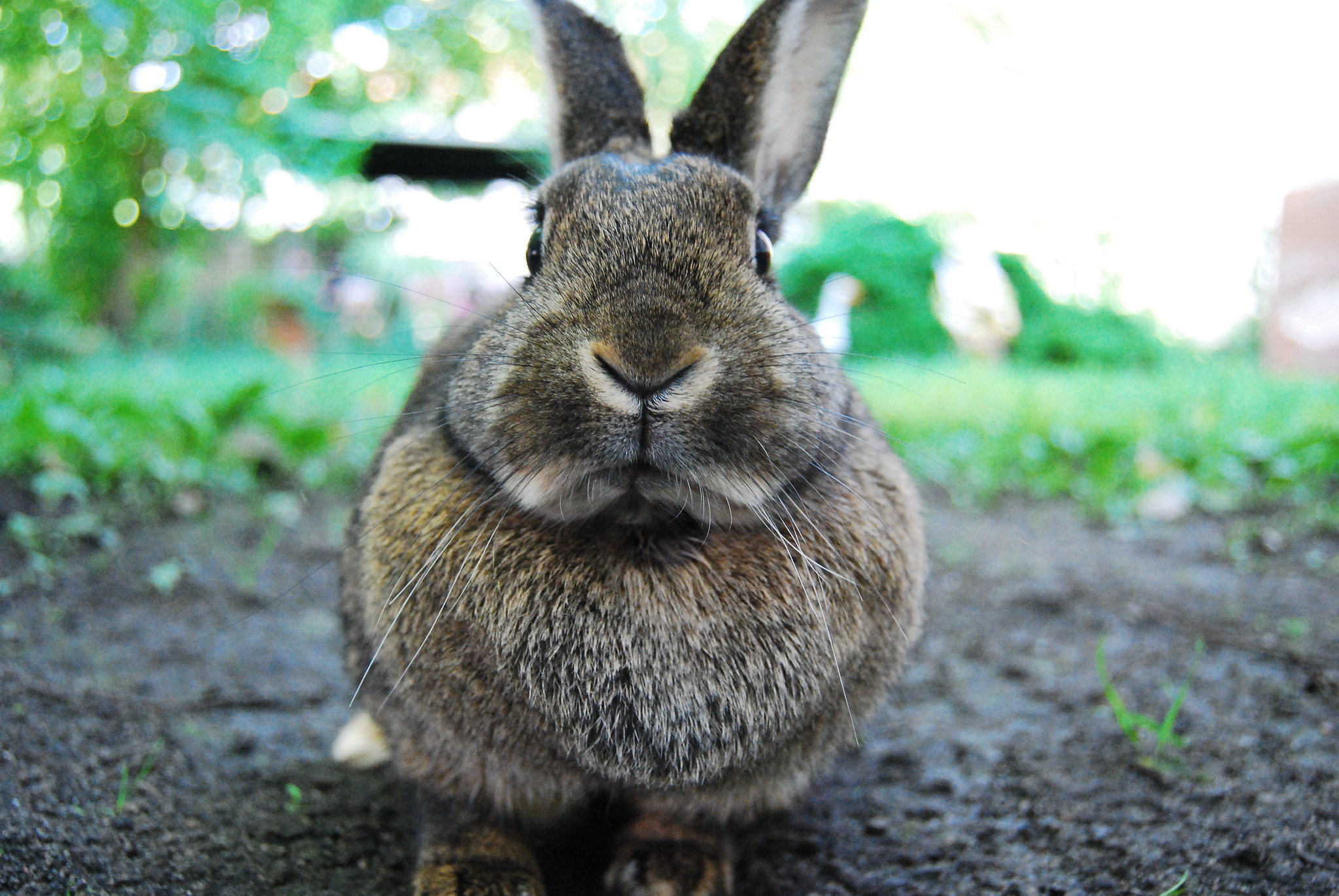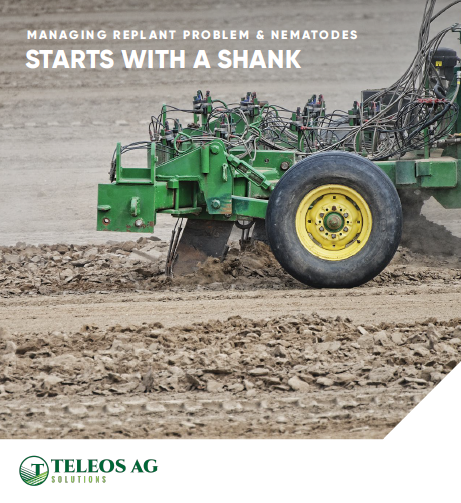Is Biodiversity the Missing Piece of Food Safety? [Opinion]
 Food safety concerns demand you prevent wildlife intruding into your fields. While the fruit and vegetable industry has created ingenious ways to keep fields as clean as possible, we’ve learned fences are not always animal proof.
Food safety concerns demand you prevent wildlife intruding into your fields. While the fruit and vegetable industry has created ingenious ways to keep fields as clean as possible, we’ve learned fences are not always animal proof.
A few years ago, a friend of mine had a pet bunny named Willoughby. She lived in a one-bedroom apartment, and she wanted to confine him while she was at work without putting him in a cage. Her boyfriend decided he could help.
Over the next several weeks, a hilarious battle of wits ensued. The boyfriend built a barrier in front of the kitchen entrance. Angela, my friend, would come home to the rabbit waiting for her, positioned a couple feet from her front door. As soon as he saw her, he’d bolt.
So her boyfriend would figure out how he got past his barrier and mend it. At first, he saw a gap, and added a box. When that didn’t work, he’d raise the height of the barrier. That happened again and again until her kitchen entrance and island had bright orange mesh fencing with different deterrents attached. That thing soared to 7 feet.
When they saw the bunny run at the fence, jump several feet in the air, then use the mesh to climb over the top, the boyfriend gave up.
Willoughby became a free-range rabbit, at least within the confines of the apartment. He didn’t have much of a brain, but what he did have seemed devoted to getting past barriers.
What’s the Backup Plan?
Unfortunately, you may often see similar results with the barriers you have in place to keep animals and their waste away from your crop. If we can’t block field intrusions 100%, we need to understand how to best handle potentially contaminated dung we may find in the field.
Building Biodiversity Could Be a Valuable Step
A promising study from Washington State University looked at whether dung beetles got rid of E. coli animal scat more quickly than not having dung beetles. It shows the beetles did, indeed, remove dung quickly.
There needs to be many more studies like this. If biodiverse farms naturally dispose of dung more quickly, just how biodiverse do you have to be? And what can be done about bird droppings?
Wouldn’t it be lovely if we could improve food safety by building our farms ecosystems?
Oh, One More Thing
Cornell University offers resources on how to reduce food safety risks to your crops from animals on its website.
Here are six steps it recommends growers take:
- Identify and assess risks posed by wild and domestic animals.
- Consider using methods to prevent and minimize animal entry, such as fences, noise cannons, or other deterrents.
- Reduce or eliminate animal attractants such as standing water, cull piles, and nesting areas.
- Monitor and document animal activity in the field.
- Conduct field assessments prior to harvest.
- Train all workers to follow company policies regarding monitoring animal activity and proper harvest procedures.









